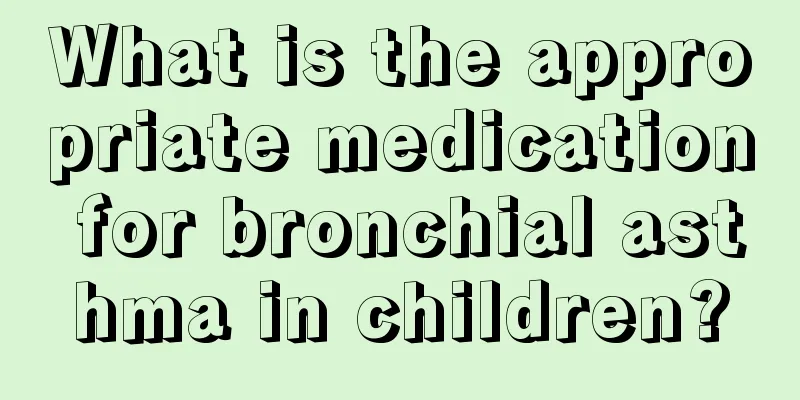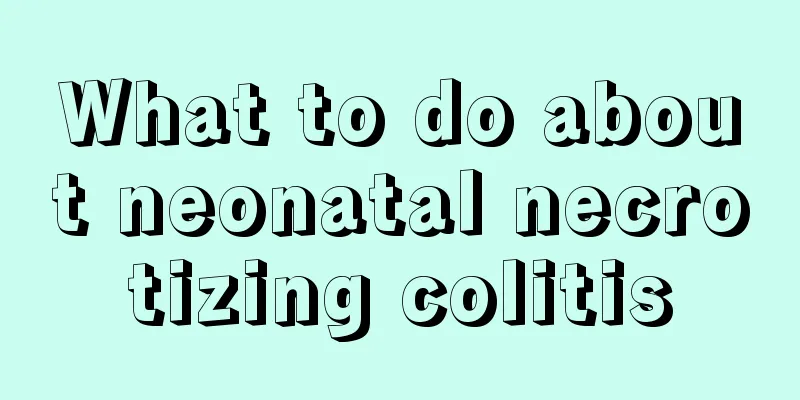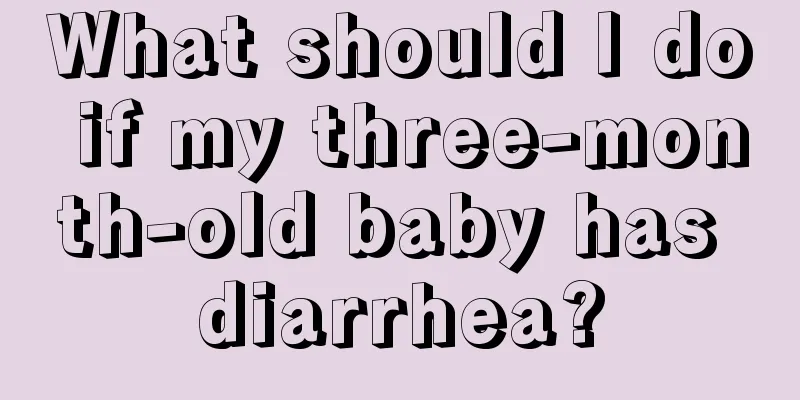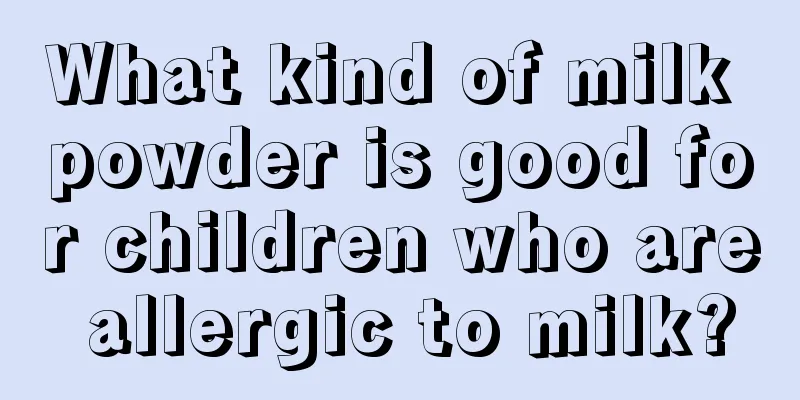What is the appropriate medication for bronchial asthma in children?

|
Children are prone to bronchial asthma. After becoming ill, they will have symptoms of coughing and wheezing. The symptoms are most obvious in the morning and evening. Most patients will also have runny nose and sneezing. When bronchial asthma attacks, there will be obvious breathing difficulties. The disease can be treated with medication. The following introduces the correct medication methods for pediatric bronchial asthma. 1. Inhalation administration Inhaled glucocorticoids are the drug of choice for long-term control of asthma. Their advantage is that the drug acts directly on the airway membranes through inhalation, has a strong local anti-inflammatory effect, and has few systemic adverse reactions. Long-term, regulated inhalation is usually required to have a preventive effect. In the event of an acute asthma attack, inhaled β2 receptor agonists should be used first, followed by inhaled corticosteroids. For children with seasonal asthma attacks, continuous, regular inhalation of corticosteroids can be started 2-4 weeks before the expected attack. The maintenance dose of inhaled corticosteroids for children is 200-400 μg per day. Local adverse reactions include hoarseness, pharyngeal discomfort and oral Candida infection, which can be reduced by gargling with water, using a spacer or choosing a powder inhaler. 2. Oral administration During acute attacks, the condition is more serious and is treated with inhaled high-dose hormones and short-term oral prednisone for 1-7 days, 1-2 mg/kg per day (total amount not exceeding 40 mg), divided into 2-3 times. For glucocorticoid-dependent asthma, the drug can be taken once every other morning. However, long-term oral use of prednisone or dexamethasone can have adverse reactions, especially for children who are undergoing growth and development, so long-term use should be avoided as much as possible. 3. Intravenous administration For children with severe (critical) asthma attacks, intravenous medication should be given as soon as possible. Commonly used drugs include methylprednisolone 1-2 mg/kg, or hydrocortisone succinate 5-10 mg/kg, 2-3 times a day. They are usually used for a short period of time and stopped within 2-5 days. If systemic glucocorticoids are used continuously for more than 10 days, it is not advisable to stop the medication abruptly. The dosage should be reduced to avoid recurrence. |
<<: What are the clinical manifestations of hydrocele in children?
>>: What to do if your child has thrush? Tell you effective measures!
Recommend
What are the symptoms after chickenpox vaccination?
As we all know, chickenpox is a disease that caus...
How often should I feed my newborn baby?
When babies are just born, they can't speak o...
Symptoms and causes of poor digestion in one-month-old babies
Because the digestive systems of newborns are sti...
What should I do if my child's hair is falling out?
Children are still in an important stage of growt...
Why does the baby cry while feeding?
New mothers all have this problem. When babies ju...
Solutions to abnormal EEG in children
Abnormal EEG in children may be due to some brain...
Reasons why children blink frequently
Blinking is something many people do frequently. ...
What to do if your child is allergic to pollen
Children are very likely to be allergic to pollen...
What is the treatment for farsightedness in children?
Hyperopia in children is a type of eye disease in...
How to treat tooth decay in children
When we are very young, we often have cavities. S...
Don't lose weight randomly for children with obesity. Learn these treatment methods
Now that living conditions are getting better and...
Why is the urine white in children?
White urine generally refers to the white color o...
How long does it take for a newborn to be held upright?
When a newborn is just born, her developmental ch...
Can meningitis be detected by blood test?
Many parents are very angry when their children a...
What are the dangers of precocious puberty in children?
As foreign fast food has continued to infiltrate ...









